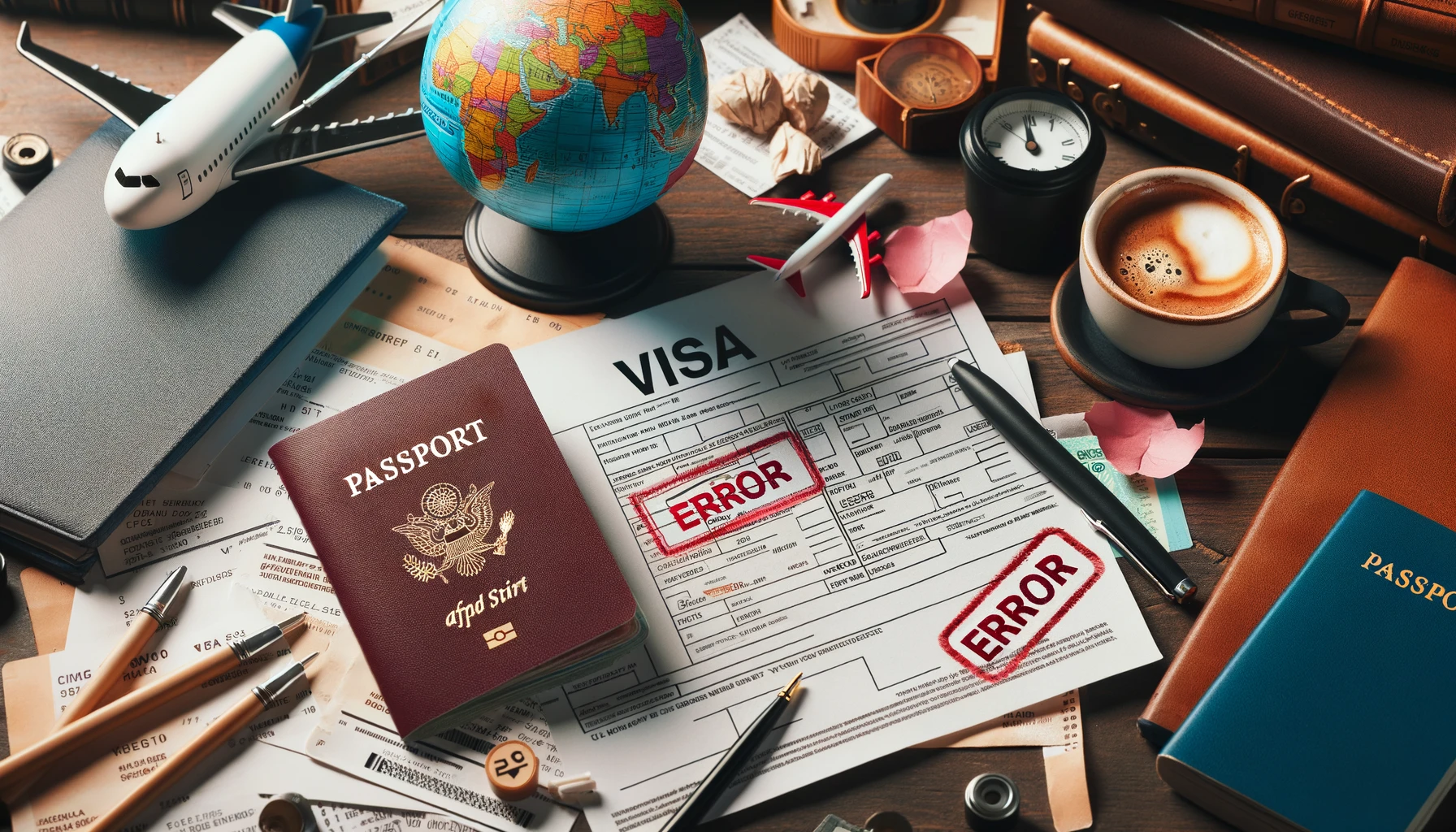Top 5 Common Mistakes to Avoid When Applying for a Spanish Tourist Visa
Visiting Spain is a dream come true for many travelers. From its stunning beaches and vibrant cities to its rich history and world-class cuisine, Spain has something for everyone. However, before you can pack your bags, you need to successfully apply for a Spanish tourist visa.
The visa application process can be daunting, and a single mistake can delay or even deny your trip. In this guide, we’ll highlight the top 5 common mistakes to avoid when applying for a Spanish tourist visa and provide helpful tips to ensure a smooth application process.
1. Submitting Incomplete or Incorrect Documents
One of the most common mistakes people make is submitting incomplete or incorrect documents. The Spanish consulate has very strict requirements, and missing even one document can lead to delays or rejection.
To avoid this, make sure you carefully review the visa requirements on the consulate’s official website. Here’s a basic checklist to get you started:
- Completed visa application form
- Valid passport (with at least six months remaining)
- Recent passport-sized photos
- Proof of accommodation in Spain (hotel reservations or invitation letter)
- Flight itinerary showing your travel dates
- Proof of financial means (bank statements, pay slips, etc.)
- Travel insurance that covers the Schengen Area
Double-check all of your documents before submitting them. It’s better to spend extra time ensuring everything is accurate than risk a visa denial.
Example:
Imagine being excited about your Spanish holiday only to find out that your visa was denied because you forgot to include your flight itinerary. It’s a simple oversight, but it can cause major problems.
2. Ignoring the Processing Time
Another common mistake is underestimating the processing time for a Spanish tourist visa. Some people wait until the last minute to apply, assuming they’ll get their visa quickly. However, this is not always the case.
Visa processing times can vary depending on the country where you apply, the time of year, and how busy the consulate is. It can take anywhere from 15 to 60 days to get a response. If you plan to travel during the high season, expect longer wait times.
Pro Tip:
Apply for your Spanish visa at least 3 months in advance to ensure you have enough time to handle any potential delays or issues.
3. Providing Inconsistent Information
When filling out your visa application, you’ll be asked for detailed information about your travel plans, financial situation, and accommodation. One mistake that many people make is providing inconsistent or contradictory information. For example, if your visa application says you’ll be staying in Madrid, but your hotel booking is for Barcelona, this can raise a red flag with the consulate.
Make sure that all the information you provide is consistent and accurate. Double-check every detail before you submit your application to avoid unnecessary problems.
Example:
Let’s say your application says you’ll stay in Spain for 10 days, but your flight itinerary shows a 15-day trip. This discrepancy could lead to questions or, worse, visa rejection.
4. Failing to Use a Certified Translation Company
For many applicants, especially those submitting documents in a language other than Spanish, it’s essential to provide certified translations of official documents like bank statements, birth certificates, or travel insurance.
Failing to use a reputable certified translation company can lead to your application being rejected due to translation errors or improperly formatted documents. A professional translation service ensures that your documents meet the consulate’s standards, reducing the risk of rejection.
Make sure to hire a trustworthy provider like this certified translation company to ensure that your translated documents are accurate and certified.
5. Not Proving Sufficient Financial Means
One of the key requirements for a Spanish tourist visa is to show that you have enough financial means to support yourself during your stay. You will be asked to provide bank statements, pay slips, or proof of sponsorship to demonstrate that you can cover the cost of your trip, including accommodation, food, and any additional expenses.
Some people make the mistake of underestimating how much money they need to show. The Spanish authorities have specific guidelines on the minimum daily amount you need for your stay, which is currently set at around €100 per day.
If your bank statements don’t show that you have enough money for your trip, your visa application could be rejected.
Pro Tip:
Make sure to include all relevant financial documents and ensure they clearly show that you have enough funds. If someone else is sponsoring your trip, you’ll need to provide their bank statements, a letter of sponsorship, and proof of relationship.
Key Takeaways
- Prepare early: Don’t wait until the last minute to apply for your Spanish tourist visa.
- Check your documents: Ensure all your paperwork is complete and accurate before submission.
- Be consistent: Make sure your travel plans and documents align perfectly.
- Hire professionals: When required, always use a certified translation company to handle document translations.
- Prove financial stability: Demonstrate that you can afford your trip by providing detailed financial documentation.
By avoiding these common mistakes, you can significantly increase your chances of having your Spanish tourist visa approved.
Additional Tips for a Smooth Application Process
1. Understand the Schengen Rules
Spain is part of the Schengen Area, a group of European countries that share a common visa policy. This means that if you receive a Spanish tourist visa, you can also visit other Schengen countries (like France, Italy, or Germany) without needing additional visas.
However, it’s important to understand that your main destination must be Spain if you apply for a visa through the Spanish consulate. Make sure to plan your trip so that you spend the majority of your time in Spain.
2. Follow Up After Submission
After you’ve submitted your visa application, don’t just sit back and wait. It’s a good idea to follow up with the consulate after a couple of weeks to check the status of your application. Some consulates allow you to track your visa status online, while others may require you to call or email.
Following up shows the consulate that you’re proactive and serious about your application, which can help speed up the process.
3. Be Honest in Your Application
One of the most important things to remember when applying for a visa is to always be honest. Don’t try to hide details about your travel history, financial situation, or reasons for visiting Spain. The consulate can easily verify the information you provide, and dishonesty can lead to a permanent visa ban.
Final Thoughts
Applying for a Spanish tourist visa doesn’t have to be a stressful experience. By avoiding the common mistakes listed above, you can significantly improve your chances of success. Start by gathering all the required documents early, ensuring that they are accurate and complete. Use professional services when necessary, like a certified translation company, and always be transparent in your application.
Remember, the key to a smooth visa application process is preparation and attention to detail. Now, with these tips in hand, you’re one step closer to enjoying your dream vacation in Spain!
With these strategies, you can confidently avoid common mistakes and streamline the process for a successful Spanish tourist visa application. Good luck, and happy travels!
Keep an eye for more latest news & updates on Washington Greek!





